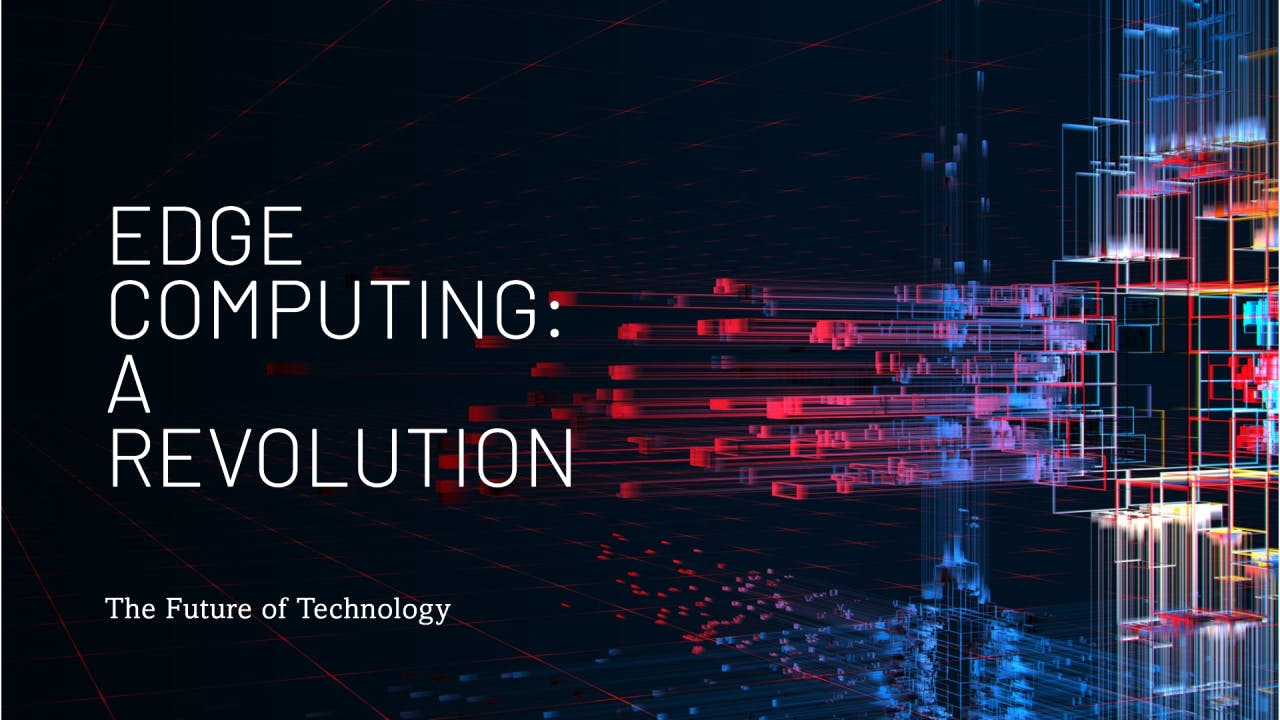🌐 Introduction to Edge Computing: A Technological Revolution at Your Fingertips 🌐
Saturday, April 20, 2024

Welcome to the exciting world of edge computing, where technology meets convenience right at the edge of your network! In this post, we’ll dive into what edge computing is, explore its benefits from an industry perspective, and imagine where it might take us in the future. Ready to decode the edge? Let’s go! 🚀
1. What is Edge Computing? 🤔
Imagine having a mini data center 🏢 right in your own device. That’s what edge computing offers – the power to process and store data right where it’s collected. Unlike traditional computing that relies on a central location, edge computing distributes these tasks to various locations close to the data source. This shift is not just a tech upgrade; it’s a complete rethinking of how we handle information, making the process faster 🚀 and more efficient ⏱️.
2. The Industry Perspective: Cutting Costs and Boosting Revenue 💸
From a business standpoint, edge computing is the golden ticket 🎫 to optimizing operations. How does it achieve this? By tackling two main objectives:
- Reducing Costs: By processing data locally on devices, businesses save on bandwidth and improve responsiveness. This means less reliance on central servers and lower operational expenses 💰.
- Boosting Revenue: Edge computing enhances customer experiences by providing faster services and improved privacy 🛡️, which in turn boosts sales and customer loyalty. Additionally, it ensures data security, a major selling point given today's privacy concerns.
3. Benefits of Edge Computing Devices 🌟
Owning an edge device is like having a superpower 🦸♂️ for managing your digital world. Here are a few perks:
- Speed: Faster processing and response times ⚡.
- Security: Enhanced privacy and data protection 🔒.
- Efficiency: Less bandwidth needed, saving on data costs 📉.
- Reliability: Better offline capabilities mean fewer disruptions 🔄.
With these advantages, edge computing is setting the stage for a tech revolution tailored to individual needs.
4. Practical Applications: What Can You Expect? 🧐
The real magic of edge computing lies in its applications:
- Real-Time Data Analysis: Critical for sectors like healthcare 🏥 and autonomous driving 🚗, where immediate data processing can be life-saving.
- Enhanced User Experiences: From more reliable software applications to smarter, adaptive interfaces 📱.
- Innovations in Tech: Think autonomous vehicles and advanced IoT devices, all running smoothly thanks to edge computing 🤖.
5. Looking Ahead: The Future of Edge Computing 🌅
I’m Ayush Singh, a passionate tech enthusiast in my final year of B.Tech in Computer Science. To me, edge computing isn’t just technology; it’s the future. As AI continues to evolve and global challenges rise, edge computing could become our best ally 🤝. It promises to revolutionize how we interact with technology, ensuring we’re not just surviving but thriving in a digitally-driven world.
Conclusion 🎬
Edge computing is more than just tech jargon; it’s a pivotal innovation in how we manage and interact with data. By bringing computing closer to data sources, it offers immense benefits from cost savings to improved user experiences. As we look to the future, the potential of edge computing is limitless, paving the way for advancements that we can only begin to imagine.